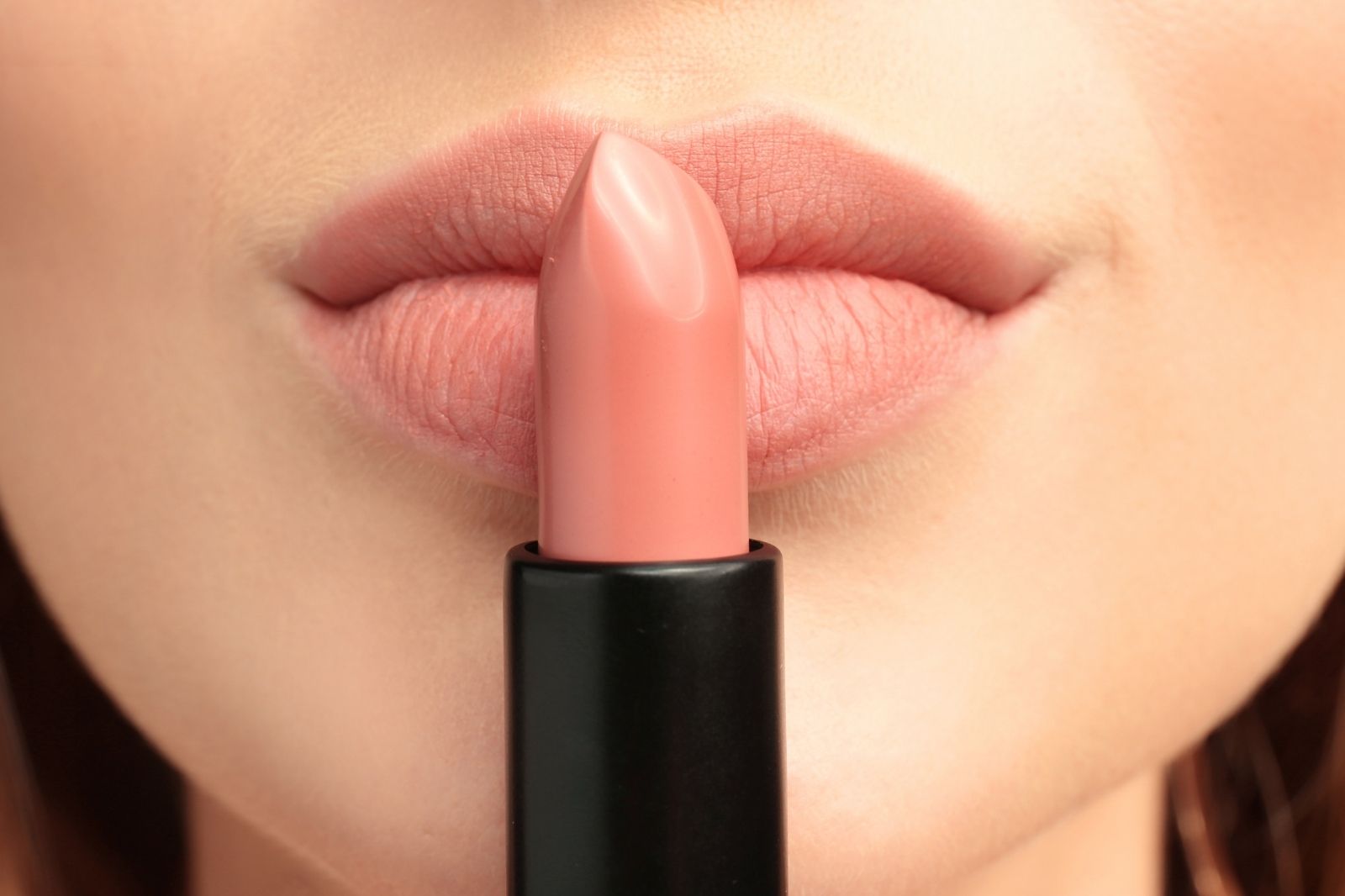What’s Your Color Theory Season? Find Out Here

Color theory can help individuals identify their best colors based on their skin tone, hair color, and eye color. The seasonal color analysis divides people into four main categories—winter, spring, summer, and autumn. Each season represents a unique palette that can enhance one’s natural beauty. In this blog, we’ll explore the characteristics of each season, how to determine your color theory season, and tips for incorporating your best colors into your wardrobe and makeup.
Understanding the Four Seasons of Color Theory
Winter: The Cool and Bold Palette
Winter individuals typically have cool undertones in their skin and darker hair colors. They often have striking, high contrast features. The winter palette includes vibrant, bold colors like royal blue, emerald green, pure white, and black. Jewel tones such as ruby red and deep purple also complement this season. Winter individuals can benefit from high-contrast outfits that incorporate both dark and bright colors and equally bold makeup looks.
Spring: The Warm and Bright Palette
Spring individuals usually have warm undertones with light hair colors such as blonde, light brown, or red. The spring palette features fresh, vibrant colors like coral, peach, sunny yellow, and aqua. Light, airy fabrics, cheerful prints, and pastels also work well with this palette. For makeup, corals and peaches work well for cheek and lip colors. Consider natural, elegant looks.
Summer: The Soft and Muted Palette
Summer individuals typically have cool undertones and may have hair colors ranging from ash blonde to soft brown. The palette includes soft, muted colors such as lavender, soft pink, powder blue, and sage green. Summer individuals can experiment with layering soft fabrics and incorporating delicate patterns into their wardrobe. Outfits with gentle color combinations can enhance their natural beauty without overwhelming their features. Shimmery Sabrina Carpenter makeup looks suit this palette well.
Autumn: The Warm and Earthy Palette
Autumn individuals usually have warm undertones and feature rich, earthy hair colors such as auburn, chestnut, or dark blonde. The autumn palette includes warm, earthy colors like burnt orange, beige, olive green, mustard yellow, and deep browns. Layering textures and accessorizing with gold jewelry can further accentuate the warmth in their features. For makeup, consider nude colors for eye looks and lip colors.
How to Determine Your Color Theory Season
Identifying your color theory season can be a fun and rewarding process. Here are some steps to help you find your seasonal palette:
- Analyze Your Undertone: Check if your skin has warm, cool, or neutral undertones. A simple test involves looking at the veins on your wrist: blue or purple veins typically indicate cool undertones, while greenish veins suggest warm undertones.
- Consider Your Hair and Eye Color: Evaluate the natural color of your hair and eyes. Do they lean towards warm or cool shades? This will help narrow down your seasonal category.
- Try On Colors: Experiment with clothing in different color palettes. Notice how certain colors make your skin look brighter and healthier while others may wash you out or create a dull appearance.
- Seek Professional Guidance: If you’re still uncertain, consider consulting with a color analysis professional. They can provide personalized insights and help you confidently identify your season.
Incorporating Your Colors Into Your Wardrobe
Once you’ve determined your color theory season, it’s time to have fun with it! Here are some tips for incorporating your seasonal palette into your wardrobe:
- Build a Capsule Wardrobe: Start with key pieces in your seasonal colors that can be mixed and matched easily.
- Accessorize Wisely: Use accessories like scarves, handbags, and jewelry to introduce pops of your seasonal colors without overhauling your entire wardrobe.
- Experiment with Patterns: Don’t shy away from patterns that incorporate your seasonal colors. Floral prints, stripes, or geometric designs can add visual interest while keeping you aligned with your palette.
Conclusion
Understanding your color theory season can significantly enhance your personal style and confidence. By embracing the colors that naturally complement your features, you can create a wardrobe that reflects your unique beauty. Feel free to branch out and try new colors you’ve never worn before!